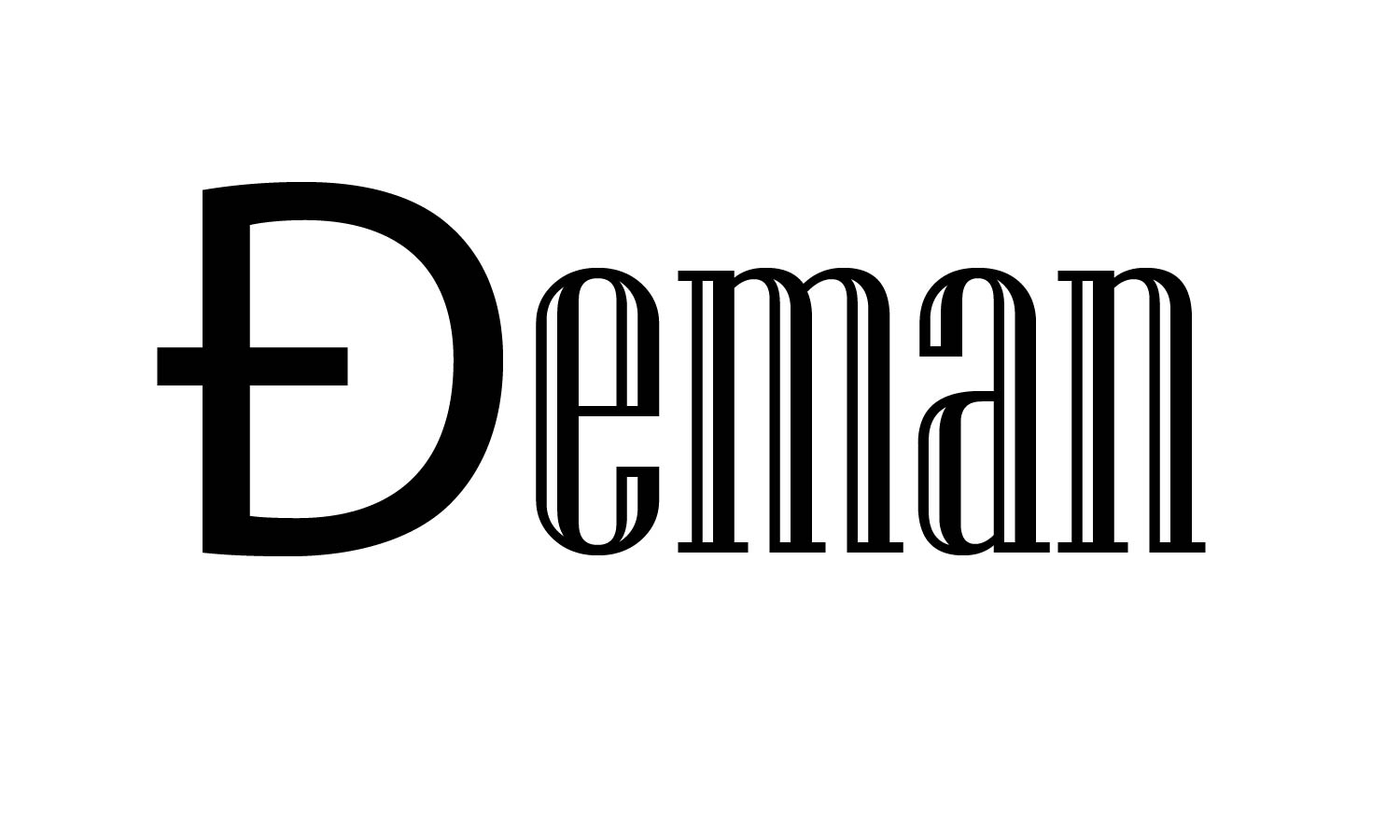Security
The Đeman Difference: What Sets It Apart?

- Share
- Tweet /home/u433845138/domains/newsmm.co.uk/public_html/wp-content/plugins/mvp-social-buttons/mvp-social-buttons.php on line 71
https://newsmm.co.uk/wp-content/uploads/2025/07/WhatsApp-Image-2025-06-24-at-16.23.33_0690d5c8-01-01-01-01-1000x600.jpg&description=The Đeman Difference: What Sets It Apart?', 'pinterestShare', 'width=750,height=350'); return false;" title="Pin This Post">
In today’s rapidly evolving digital world, standing out means more than just having a great product or service. It requires innovation, cultural awareness, and the ability to connect meaningfully with your audience. That’s where Đeman enters the picture a term that’s gaining recognition across multiple domains including technology, folklore, culinary traditions, and the arts. But what exactly is Đeman? And why is it being talked about in such diverse contexts?
Understanding Đeman: More Than Just a Word
The word Đeman is rooted in several traditions and fields, making it a unique intersection of modern technology and cultural legacy. Depending on the context, Đeman can mean a digital platform, a mythical figure, an art form, a culinary ingredient, or a personality trait.
1. Đeman in Technology: A Digital Transformation Suite
One of the most prominent modern uses of the word Đeman is in the technology and productivity space. Đeman, in this context, refers to a multi-functional digital platform that merges:
- Productivity tools (task management, calendar scheduling)
- Branding and content development
- Social media planning and analytics
- AI-powered optimization features
According to ManagementWorksMedia, Đeman is being promoted as a one-stop digital solution for freelancers, small businesses, and digital marketers. What sets this platform apart is its minimalist design, real-time analytics, and cross-channel integration, enabling users to manage content, communications, and campaigns from a single dashboard.
“Đeman simplifies your digital journey from content creation to audience engagement, all in one place.”
Its growing popularity indicates a shift in how modern entrepreneurs are managing their online presence leaning toward all-in-one platforms that reduce tool fatigue and increase workflow efficiency.
2. Đeman in Folklore: The Nature Guardian

Outside of the tech world, Đeman carries deep cultural significance in Eastern European and Slavic folklore. Here, Đeman is often depicted as a forest guardian or ancestral spirit, often dwelling in sacred groves or misty mountains.
In tales passed down through generations:
- The Đeman punishes those who disrespect nature.
- It blesses communities that honor the land and traditions.
- It serves as a bridge between the living and the spirit world.
Researchers in Slavic studies describe Đeman as a dual-natured figure both protector and punisher. This nuanced symbolism reflects a larger message about harmony between humans and their environment.
3. Đeman in the Performing Arts: A Vietnamese Fusion
In Vietnam, Đeman also refers to a traditional art form that merges:
- Classical music
- Storytelling
- Poetry
- Dance
This hybrid performance style is usually staged during cultural festivals and spiritual ceremonies. The Đeman performance is characterized by:
- Use of traditional instruments like the đàn tranh and bamboo flute
- Graceful movements that tell age-old love or war stories
- Costume designs rooted in regional folklore
Cultural institutions in Hanoi and Ho Chi Minh City have started to revive Đeman through youth performance troupes, preserving the practice for new generations.
4. Đeman in Culinary Traditions: The Fragrant Leaf
In Southeast Asian cuisine particularly Indonesian and Malaysian Đeman refers to a local bay leaf used in:
- Curries
- Stews
- Coconut milk-based dishes
This aromatic leaf offers a subtle citrus, clove, and eucalyptus flavor, elevating dishes with its unique fragrance. While similar to the Indian bay leaf (tejpatta), Đeman leaves are more delicate and are often removed before serving.
Beyond flavor, this herb is associated with:
- Hospitality rituals
- Digestive health
- Spiritual cleansing in some folk practices
Its presence in daily meals and ceremonies underlines the multi-dimensional role of Đeman in Southeast Asian life.
5. Đeman in Modern Slang: A Compliment for Graceful Behavior

Interestingly, in several modern dialects across Southeast Asia and parts of Eastern Europe, the word “Đeman” is also used as slang to describe someone who is poised, respectful, and well-mannered.
For example:
- “You handled that situation like a real Đeman.”
- “She’s such a Đeman calm, graceful, and strong.”
It’s a compliment with cultural undertones, pointing to a person who combines dignity, tradition, and wisdom.
Conclusion: Why the Đeman Difference Matters
What truly sets Đeman apart is its versatility. It’s not just a tech product or a myth it’s a symbol that bridges tradition and innovation, culture and utility, local and global values.
Whether you’re exploring productivity platforms, discovering world folklore, enjoying culinary heritage, or learning about traditional art forms, Đeman serves as a touchpoint for deeper connection and understanding.
Frequently Asked Questions (FAQs)
1. What is Đeman?
Đeman is a multi-contextual term referring to a digital platform, a mythical figure, a traditional art form, a culinary herb, or a personality trait, depending on the region and context.
2. Is Đeman a software tool?
Yes, in the tech world, Đeman is an all-in-one digital management platform designed for content creators, small businesses, and marketers.
3. Where does the folklore of Đeman originate?
The mythological version of Đeman originates in Slavic and Eastern European folklore, where it is seen as a guardian spirit of nature.
4. How is Đeman used in Vietnamese art?
In Vietnam, Đeman refers to a traditional performance art blending music, dance, poetry, and storytelling.
5. What is the culinary use of Đeman?
In Southeast Asian cooking, Đeman is an aromatic leaf used to flavor dishes like stews and curries.
6. Is Đeman a real person or fictional?
In folklore, Đeman is a fictional spirit or deity. However, in slang, it can describe a person with dignified or respectful behavior.
7. What makes Đeman software different from others?
Đeman software integrates branding, content scheduling, analytics, and team collaboration in one interface, unlike fragmented tools.
8. How do you pronounce Đeman?
It is usually pronounced as “DAY-mahn” or “DEH-mahn,” depending on the local dialect.
9. Is Đeman available globally?
The digital platform version of Đeman is increasingly being adopted globally, especially among remote teams and freelancers.
10. Can Đeman be used in spiritual or ceremonial practices?
Yes, both the culinary herb and the performance form of Đeman are used in various spiritual and cultural ceremonies in Southeast Asia.
Click for more amazing info. News MM

-

 Celebrity8 months ago
Celebrity8 months agoIndia Rose Brittenham: All You Need to Know About Heather Thomas’ Daughter
-

 Celebrity8 months ago
Celebrity8 months agoMargot Rooker: All You Need to Know About Michael Rooker’s Wife
-

 Celebrity8 months ago
Celebrity8 months agoNadia Farmiga? All You Need to Know About Taissa Farmiga’s Sister
-

 Celebrity8 months ago
Celebrity8 months agoRobert Noah? All You Need to Know About Trevor Noah’s Father
-

 Celebrity8 months ago
Celebrity8 months agoJackie Witte? All You Need to Know About Paul Newman’s First Wife
-

 Celebrity8 months ago
Celebrity8 months agoCheryl Pistono? All You Need to Know About Kareem Abdul-Jabbar’s Ex-Girlfriend
-

 Celebrity8 months ago
Celebrity8 months agoAbigail S. Koppel? All You Need to Know About Leslie Wexner’s Wife
-

 Celebrity7 months ago
Celebrity7 months agoWho is the Father of Jay-Z? Biography of Adnis Reeves












